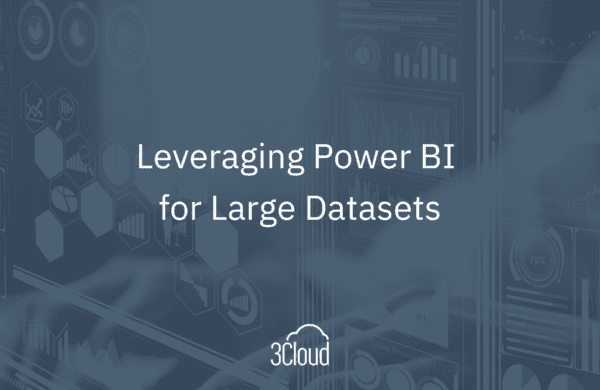Technology continues to propel business intelligence as a means for enterprises to analyze data and information to improve operations through actionable insights that strengthen their performance. But it begs the question: How, exactly, can businesses best leverage such data and analytics to inform and empower critical decisions for your business? After all, business intelligence can increase revenue, reduce costs, improve mission-critical processes, and create lasting cultural change across your organization – that is, only if enterprises know how to make that information work for them. So here, we offer four ways to make business intelligence work for you.
Centralized Data
It’s easy to understand why data remains raw and unprocessed for use as most insights generated by organizations can come from many sources, such as customer surveys, transaction details, delivery statistics, and more, leaving data fragmented.
But you can’t manage what you don’t measure. Through a seamless connection of data sources across your business, BI tools can streamline your effort to gather, consolidate, and query data to obtain the information you need, when you need it – in one centralized place.
A data services platform such as Microsoft Azure, for example, can help businesses harness the power of data through components, such as data warehouses, data marts, ETL, and front-end applications.
Data Warehousing: Whether in the cloud, on-premise, or a hybrid model, a data warehouse platform can enable your organization to integrate vast volumes of data into a flexible, scalable architecture.
Data Marts: These environments often serve individual departments to extract data from a large source system like a Data Warehouse.
ETL: Extract, transform and load– ETL – is a set of techniques to extract data from sources and load it into a target after transforming, conforming, and organizing data in a meaningful way to support actionable information
Front-End Applications: Tools like Microsoft Power BI pull data from various data sources, like data marts or databases, and breakdown the intelligence into consumable outputs. These tools often enable users with this rich information through reports or visualizations.
Visualize Trends
With shareable, user-friendly dashboards, and diagnostic analytics to make operational decisions, organizations can be quicker, more nimble, responsive, and prepared to make thoughtful strategic decisions. Centralized reporting with better data enables you to determine your strengths and weaknesses, identify and visualize trends, and discover new business opportunities while avoiding potential risks.
And without disparate, siloed data, your BI consultant and data team can provide a comprehensive assessment of your organization’s needs, creating a vision that aligns with your broader corporate strategies and capabilities, and build a transformative roadmap that drives maturity and scales as you grow.
Decisions Driven by Analytics
The actionable information provided by your advanced analytics provides invaluable insight into what your customers want – and don’t.
Because as businesses grow increasingly more competitive and complex, they are now communicating with customers more than ever before. However, these interactions are often viewed and tracked separately, making it challenging to access fast, accurate data on customers and their behaviors.
But Microsoft’s Azure cloud technologies quickly consolidate and analyze data from all systems and applications for access to a complete, holistic view of your customer – empowering you to make informed, measurable decisions throughout your entire organization.
These measurable decisions then tie visibility to CTOs, CIOs, CMOs, and even employees on the front line, like store employees. And the faster these groups can see the data, the faster they can make an impact to stay competitive.
The bottom line is this: Happy customers generate more revenue, and more revenue means happier employees, and happier employees work hard to ensure that your company stays competitive.
Plan For the Future
Business intelligence can provide the information your organization needs to support every strategic and tactical decision with forecasting and predictive analytics to help you stay ahead of your competitors and allocate your resources accordingly.
Whether you’re making a straightforward or difficult decision, predictive statistical models and forecasting can inform every decision to achieve your desired outcome so you can predict how your business will perform based on past performance while making key decisions for the future.
Maximizing your data – and bottom line – comes from business intelligence that applies a variety of technological tools that help transform raw data into actionable intelligence.
If you’re struggling to get the most out of Microsoft Power BI or other business intelligence tools, contact us today.




